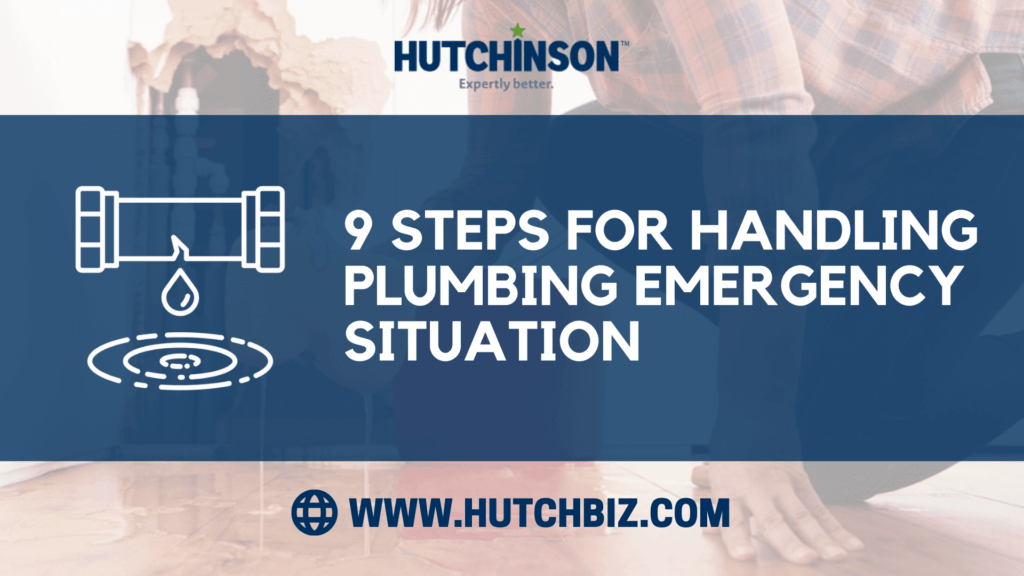Plumbing emergencies can wreak havoc on your home if not identified and addressed promptly. Water incursion, whether from a burst pipe or an overflowing sewer, leads to significant damage that affects the value of your property. Understanding how to identify plumbing emergency conditions is instrumental in mitigating this risk.
I’ve put together a list of criteria that can help homeowners gauge when they’re dealing with a potential plumbing crisis.
- Recognizing a Plumbing Emergency: Look out for gushing water, lack of water flow, or strange noises, which are paramount signs of an emergency.
- The High Price of Water Damage: If water damage goes unresolved, it wears down your home’s structure and depreciates its value.
- Identifying Plumbing Emergency Conditions: This includes persistent low water pressure, recurring clogs, and foul odors from your drains.
- Addressing Backed-Up Sewage Situations: These issues can pose a risk to your health; it’s important to resolve them immediately.
- Handling Leaking Water Heater Issues: Prompt repair prevents any additional unnecessary water consumption and heating costs.
I’d like to stress that the fastest way to rectify these situations is to call a professional plumber such as those from Graham and Sons Plumbing.
Tips for Preventing Plumbing Emergencies
To avoid facing these issues, regular maintenance of your home’s plumbing system is vital.
The conduct should include frequently checking for leaks or drips that may signify larger issues at hand.
A skilled plumber can preemptively repair any problematic areas before they lead to more significant issues.
Last but not least, education is key. Learning about the workings of your plumbing system can help identify a plumbing emergency early on and prevent disaster.
Contents
- Recognzing a Plumbing Emergency
- The High Price of Water Damage
- 5-Point Damage Limitation Plan
- Identifying Plumbing Emergency Conditions
- Steps to Locate an Emergency Plumber
- Handling Leaking Water Heater Issues
- Preventing Plumbing Emergencies
- Dealing with Plumbing Emergencies
- Addressing Backed-Up Sewage Situations
- Emergency Plumbing Wrap-Up
Recognzing a Plumbing Emergency
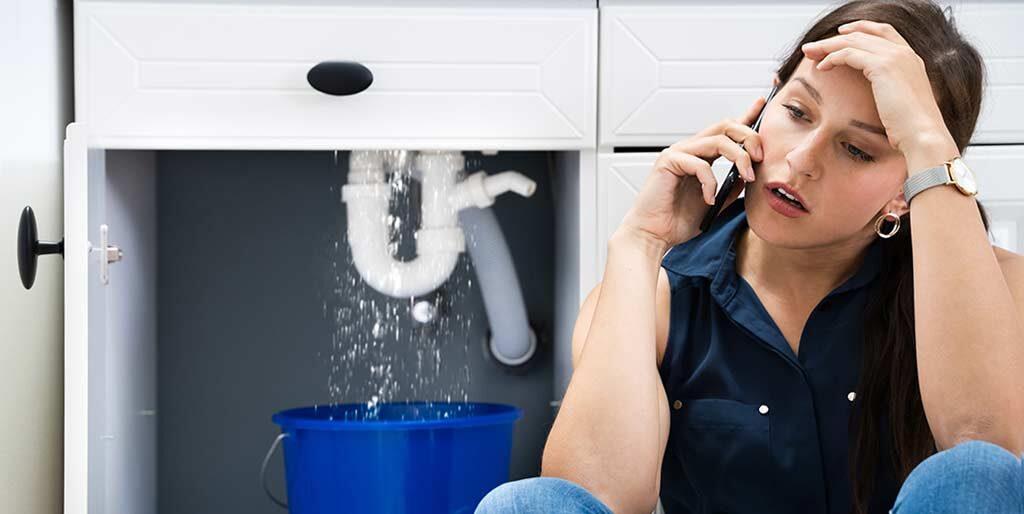
An initial silent sign of a possible plumbing mishap could be discolored pipes, particularly near pipe unions. This discoloration is usually due to moisture, often caused by dripping sinks or slow leaks in supply lines.
A strange sewer odor within your home is another daunting signal. This unpleasant smell could imply that a trap is dry or a sewer vent line is fractured. While you can fill dry traps with water, rectifying cracked vents might necessitate drywall repair.
No Water in Winter is a severe red flag, especially in colder spaces such as attics or crawlspaces. It typically signifies frozen pipes demanding immediate attention. Insulation utilization and warm air circulation are effective prevention measures against this.
Spiking Water Bills without a clear cause for the increase warrants investigation. Among the common sources of the sudden rise include a running toilet that escalates water consumption significantly.
You might overlook bubbling ceiling or wall paint. However, this could be indicative of moisture issues caused by roof leaks or internal plumbing problems causing harm to your property.
A peculiar green patch in the yard may seem less alarming but could suggest potentially large underground sewer line issues. Learn More.
The High Price of Water Damage
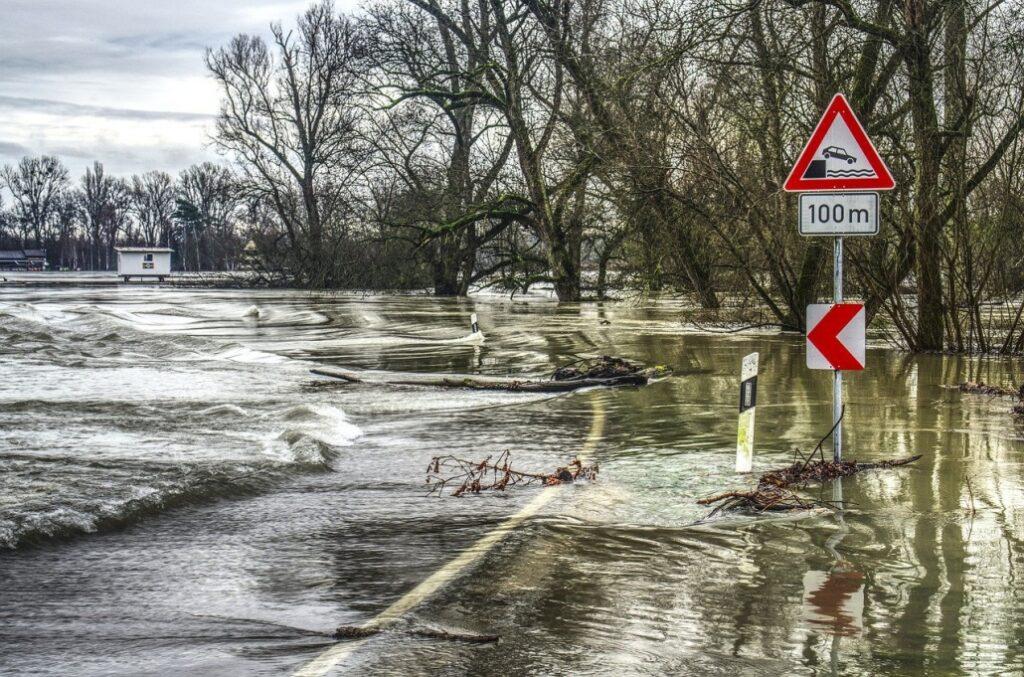
Water damage inflicts a heavy toll on commercial insureds, amounting to an annual average of $2.5 billion in the U.S alone.
About 14.5% of all water damage claims are filed by commercial insureds, with a staggering 77% of these claims stemming from internal sources such as plumbing and faulty appliances.
In recent years, there has been a significant shift in the sources of water damage claims. In 2019, up to 71% of water damage stemmed from internal sources, a rise from 47% attributed to weather-related incidences in 2015.
The early detection and intervention of water leaks is crucial, given that water damage claim costs can rise by an alarming 30% within two hours of exposure, and 50% after 48 hours. To speak volumes about the enormity of this issue, a burst 1-inch supply line can release between 300 to 500 gallons of water per minute.
“A delay as brief as two hours can see water damage claims cost escalating by up to 30%, while a 48-hour delay ushers in a whopping 50% climb.”
Generally speaking, commercial water damage claims tend to exceed residential claims by four to eight times. The average cost of commercial property water damage lies anywhere between $75,000 and $150,000.
An overwhelming majority (75%-80%) of water damage costs are subsequently incurred due to business interruption and downtime. The remaining costs (around 20%) stem from physical property damage.
Interestingly enough, while a good fraction (77%) of businesses believe they are disaster-ready, only about half have disaster recovery plans in place.
The overall lack of preparedness for disaster recovery is a serious concern; 73% of businesses are ill-equipped to handle water damage. In fact, most opt for third-party aid for water cleanup and restoration.
Please visit Property Casualty 360 for more detailed insights on this topic.
5-Point Damage Limitation Plan
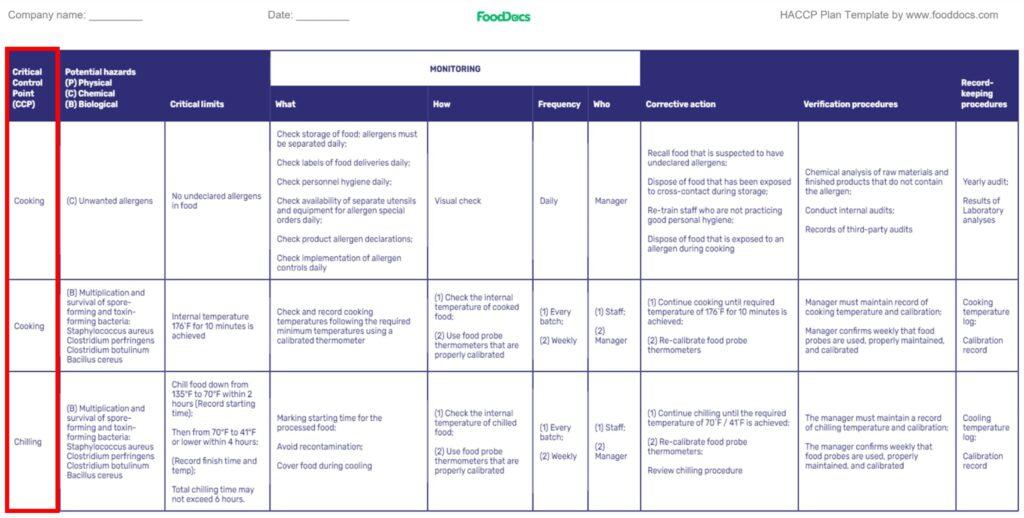
When dealing with a plumbing emergency, it’s crucial to have a plan in place to mitigate damage. The first step is preparing for the crisis. Pinpoint potential problems and assign tasks to all members of your household.
- Establish clear communication procedures ensuring everyone knows what to do in case of an emergency.
- Besides, consistent monitoring can prevent a small issue from escalating.
- The most important thing is to respond quickly and truthfully, without jumping to hasty conclusions.
- Throughout this process, it is necessary to maintain transparency and open communication. Address concerns as they come, keeping everyone informed.
- Last but not least, always plan for the future.
All these steps enable you to adapt your crisis response strategies according to lessons learned. This approach helps to safeguard your household against disastrous flooding or pipe damage.
If you want to dig deeper into effective damage control techniques, you can find more details in this interesting article.
A well-thought-out plan not only protects your property but also keeps your mind at ease. It provides a roadmap for dealing with emergencies effectively, enhancing efficiency and relieving stress.
Identifying Plumbing Emergency Conditions
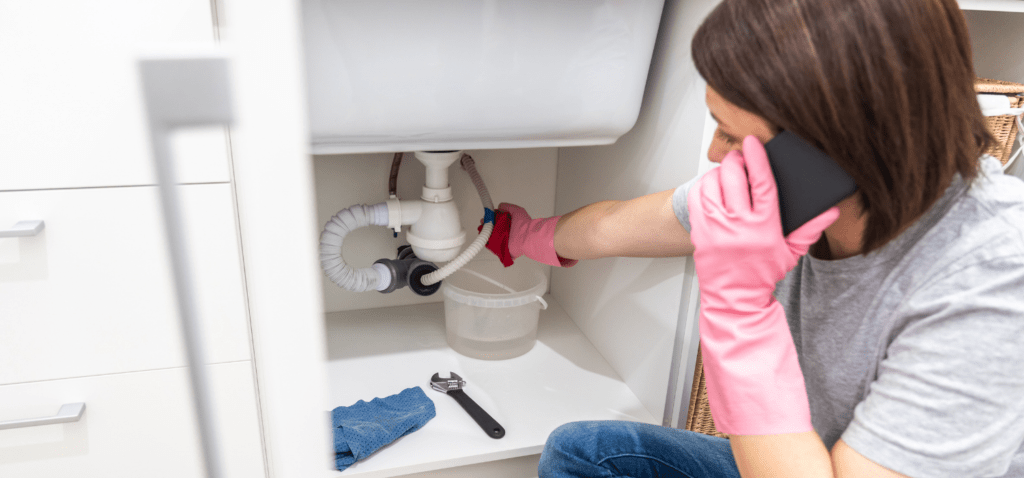
Plumbing emergencies can occur out of the blue, leaving homeowners in a panic and unsure of how to respond.
One such instance may include water gushing out from your property, resembling a fire hydrant’s forceful rush.
While these scenarios can be nerve-racking, the key is to quickly ascertain the severity to decide on the right course of action.
| Severity | Action | Responsible Party |
|---|---|---|
| Moderate | Contact local plumber | Homeowner |
| Severe (property) | Contact local plumber immediately or water company | Homeowner |
| Critical (street). | Call 911 or water department immedately | City or Homeowner based on location of the issue |
| People often consider calling professionals while encountering such situations. | ||
Remember, every second counts during a plumbing emergency, so do not hesitate to call for help.
The gist is, if water leaks are within your property, engage a local plumber without delay. For more extensive leaks that impact public spaces like streets, calling 911 or the water department becomes crucial. This emergency guidance is based on discussions and inputs from many users who faced similar predicaments on a plumbing discussion board.
It’s vital to differentiate between a DIY fix and an alarming situation requiring immediate professional assistance.
Steps to Locate an Emergency Plumber

Start with a thorough search. Leverage online directories and seek recommendations from acquaintances. Local trade associations can be useful.
Check Certificates and Qualifications
Ensure the plumber is registered with authoritative bodies like Gas Safe. They should be equipped to work with gas and water appliances.
Browse Customer Reviews
Check websites like TrustATrader for plumber reviews. Be aware of possible information bias or pre-configured reviews.
Insurance is a Must
The professional should carry public liability insurance and professional indemnity insurance. Confirm if the company holds employer’s liability insurance.
Precise Estimates Matter
Avoid hidden charges. Obtain quotations including all work details, labor costs, and materials from potential providers.
Evaluate Communication Skills
Assess their response time, the quality of communication, and expertise offered. Professional affiliations are a bonus.
Inquire about Availability
Confirm how quickly they can attend to your plumbing issue. Find out their emergency response policy and availability hours.
An In-home Consultation
An inspection of their toolkit and professional demeanor can provide insight. Clarify payment procedures during this visit.
Paperwork Verification
Ensure legitimacy by verifying the company’s existence and VAT registration. Ask about industry-specific guarantees and warranties.
Handling Leaking Water Heater Issues
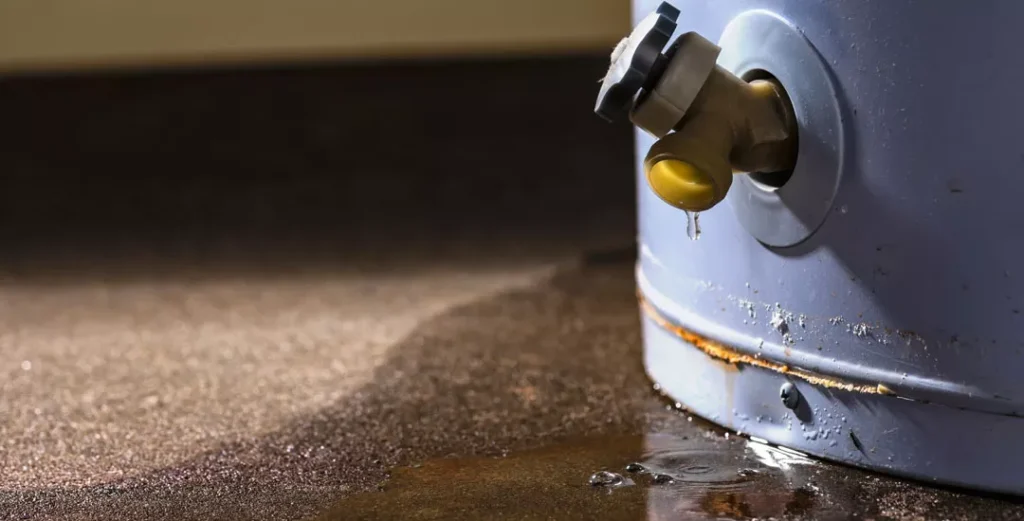
The nerve center for water heater safety is the temperature and pressure relief valve typically located on its side. Its role? To prevent excessive pressure and over-heating.
However, there are instances where this valve can begin to leak, which can be a cause for concern. Identifying the reasons behind the leakage is primary, so let’s delve into some common causes of leakage.
- Overpressurization: If the tank pressure goes beyond the valve’s capacity (usually around 150psi), the overflow of pressure results in a leak.
- Poor Installation: Incorrect installation can lead to malfunctioning valves and uncontrolled leakage. Regular checks should be performed to ensure correct installation.
- Clogged Valves: Sometimes, sediment or minerals can accumulate within the valve, leading to high leakage rates. Cleaning and regular checking can help prevent this.
- Faulty Valves: The age-old reason for leaks – valve failure. To confirm, try lifting the test lever to check if it’s working right.
In dealing with a leaking pressure relief valve, your first action is to shut down the water heater. Be it power or gas supply, ensure it’s switched off before you venture into repair work.
Determining the root cause of leakage might seem like finding a needle in a haystack, but it’s instrumental in solving the problem. Other critical actions include replacing the faulty valve – an achievable task if you’re handy around tools, but you could always
To pose a solution to excessive pressure issues, drain your water heater tank now and then to do away with sediment buildup. An expansion tank install might also come in handy as it absorbs excess pressure within the system.
To keep your water heater running at optimum levels and to detect any signs of trouble early, regularly check and test the pressure relief valve.
With these measures, you can maintain a durable system that functions efficiently. For more guidance on this topic, explore this insightful source.
Preventing Plumbing Emergencies
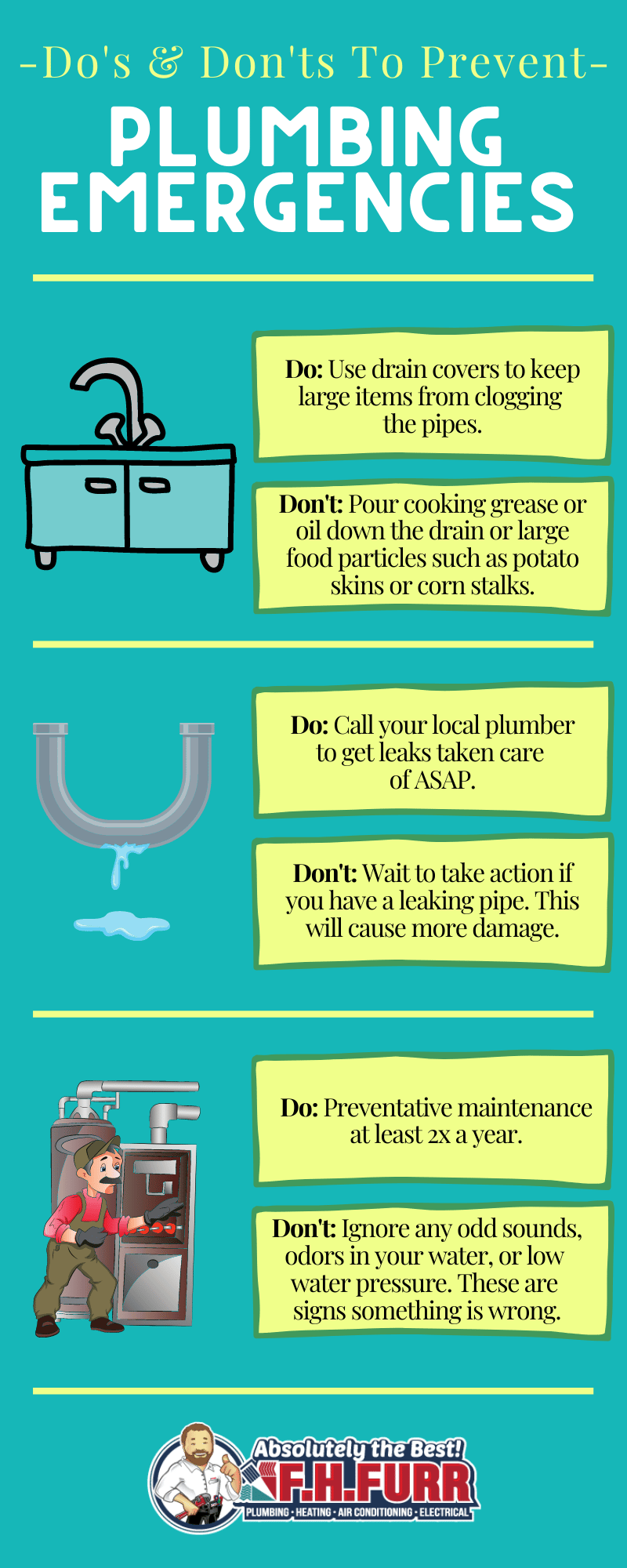
Fats, oils, and grease pose a threat to your plumbing system when sent down the sink. They easily solidify, leading to stubborn clogs.
Toilets have been known victims of pipe blockages caused by flushable wipes. Their slow biodegrade rate makes them an undesired addition in your pipe system.
It may seem tempting, but hanging items from exposed pipes adds unnecessary strain to their joints. This could result in disastrous pipe failures.
Drop-in toilet bowl cleaners are inherently corrosive, effectively voiding any existing warranties on your toilet. A batter approach would be using elbow grease combined with chlorine.
- Stainless Steel Hoses: Opt for stainless steel washing machine hoses. They are proven to be more reliable than rubber variants and have a significantly lower risk of causing leaks.
- Judicious Garbage Disposal: Certain foods can cause clogs in both the disposals and pipes when ground. It’s thus advisable to avoid grinding such foods.
- Water Shut-Off Valve: In case of an emergency, knowledge of your water shut-off valve location can save you from immense damage. It’s best to be prepared.
- Avoid Harsh Cleaners: Harsh drain cleaner chemicals can gradually damage and eat into your pipes. It’s always safer to use alternative methods instead.
Your water heater is another key player in-home systems. Annual clean-up procedures help remove sediment build-up, thus mitigating problems related to overheating and subsequent damage.
The final piece of advice involves periodically maintaining your main sewer line, ideally every one to two years. This intervention helps avoid sewer back-ups and similar issues.
Dealing with Plumbing Emergencies
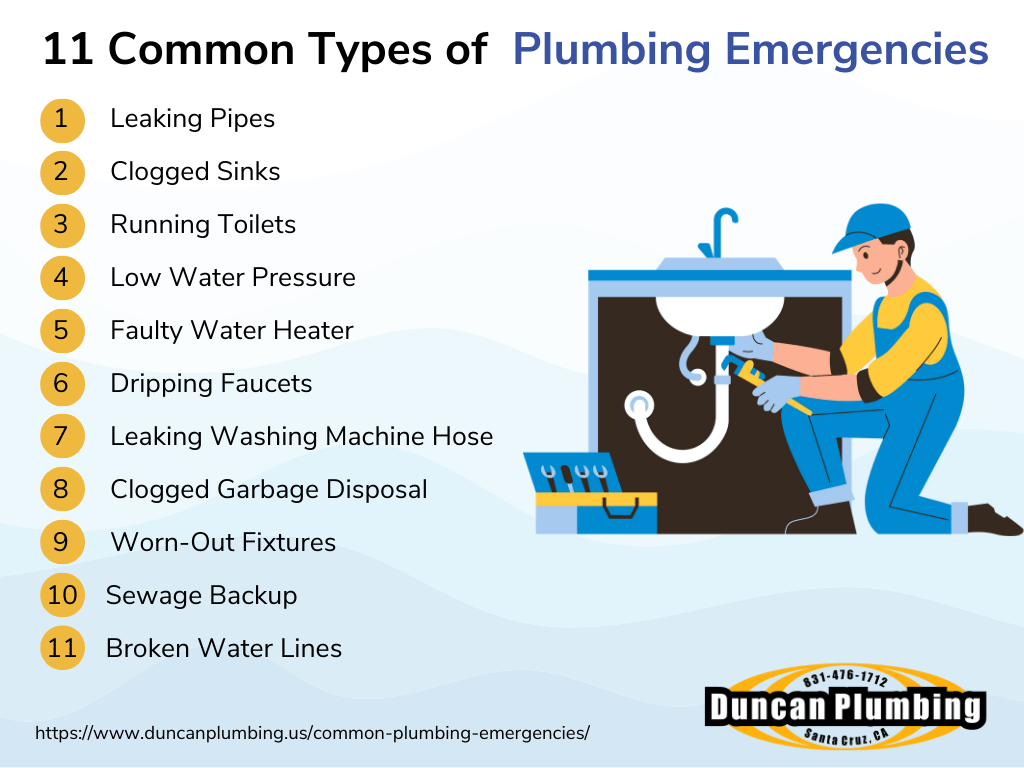
One of the biggest challenges homeowners face is a plumbing emergency. When these issues arise,
it’s essential to know how to respond quickly and effectively. Providing yourself with knowledge can make the difference
between minor inconvenience and major damage to your home.
- Recognize early warning signs: Unusual spikes in your water bill or a toilet rocking on its base could be indicators of a plumbing problem.
- Address leaks immediately: Even minor leaks can cause significant water damage over time, so don’t ignore them.
- Maintain your drains: Regular cleaning will prevent blockages that can lead to bigger issues.
- In case of an emergency, shut off your water: Stopping the flow of water should be your first step during a plumbing crisis.
Familiarizing yourself with these steps creates a strategy for dealing with plumbing emergencies. Tackling this head on will save time and avoid costly repairs.
By recognizing the early warning signs, addressing them promptly, maintaining your home’s drains, and knowing how to stop the water flow in case of an emergency,
you can rest assured that you’re well-equipped to handle any potential plumbing debacle that may befall your household. It’s all about preparation.
Addressing Backed-Up Sewage Situations
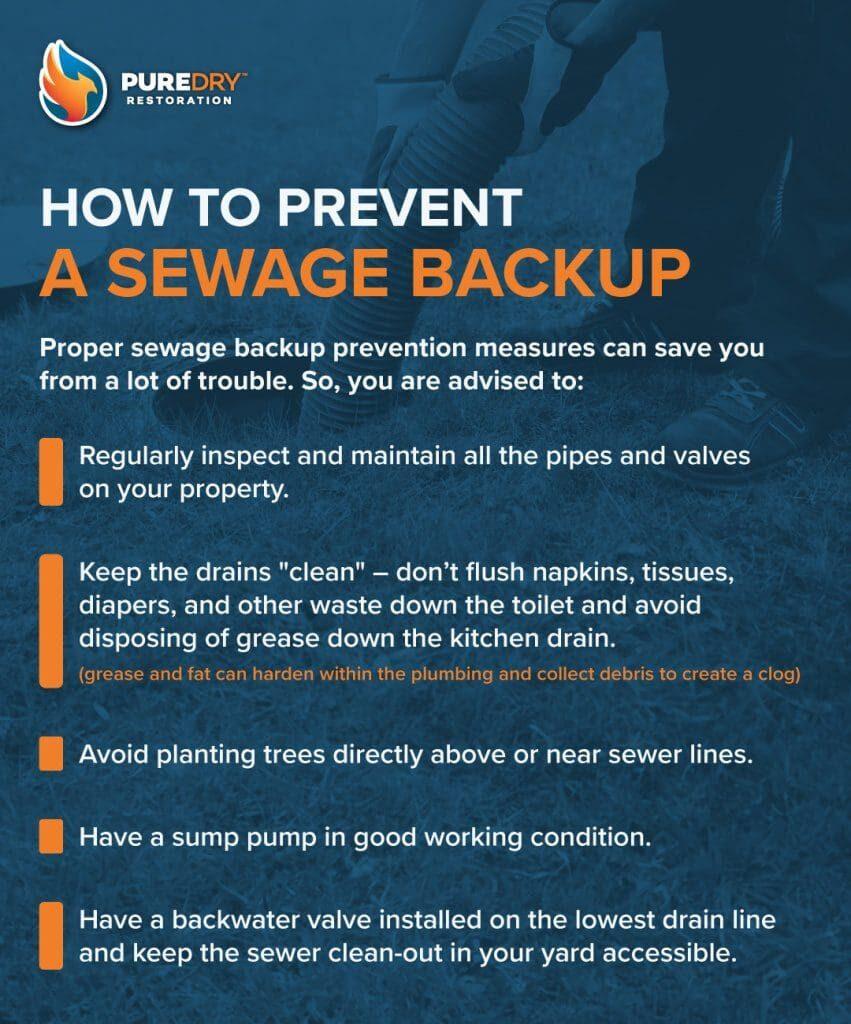
What are the common causes of sewer backups?
Several factors contribute to sewer backups. Grease or debris accumulation in pipes and root infiltration from trees can clog sewer lines.
Incorrectly connected pipes and those that have deteriorated or collapsed also result in backups.
The weather plays a part too, with heavy rainfall straining the drainage system and flooding causing sewage overflow.
Additionally, improper waste disposal down drains or inadequate drain maintenance can lead to these issues.
How can I identify a sewer backup?
Slow running drains and water backflow in toilets or sinks after use could indicate a sewage backup.
Another sign is strong foul odor, which often denotes waste backing up into your home.
What steps should be taken during a sewer backup?
Firstly, identify the source of the problem by checking the house trap or sewage cleanout for blockages.
Next, turn off your water supply until the issue gets resolved, and prevent any activities that require water to avoid worsening the situation.
Is professional assistance necessary?
Hire a plumber to locate blockages and perform repairs. Engaging a professional reduces risk and ensures proper handling of plumbing emergencies.
What are the subsequent steps?
Cleaning and disinfecting affected areas is crucial. This prevents health risks and further damage from sewage contamination.
Last but not least, future prevention is key. Regular maintenance of your drain system, careful waste disposal and trimming tree roots to prevent line infiltration will keep such situations at bay.
Emergency Plumbing Wrap-Up
Identifying a plumbing emergency involves recognizing warning signs like low water pressure, sewage backups, and flooding. Quick actions such as shutting off your water supply, assessing the damage, and calling a professional plumber are essential steps to mitigate damage. A solid understanding of your plumbing system can save you from severe property damage and high repair bills.







